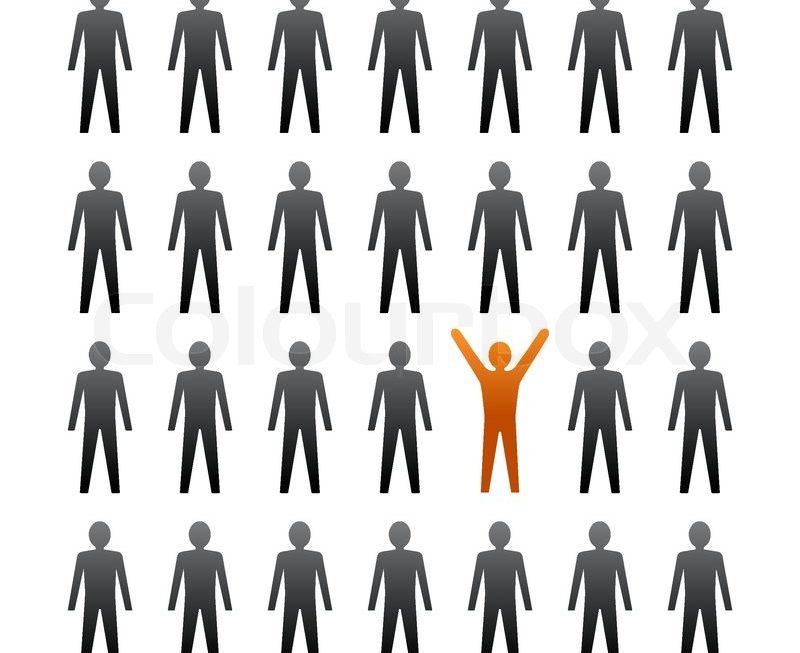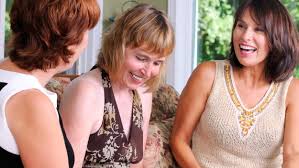“Sometimes the place you’re used to is not the place you belong.”
Queen of Katwe
If any symptoms of midlife have crept into our daily experience it’s not uncommon for us to accept this as our new normal. It might be
In an attempt not to freak out, complain or just to survive we may have embraced these as part of what we imagine it will be like to age. But, what if we’re accepting things that are not necessary to accept right now?
- joint pain
- headaches
- backaches
- acid reflux
- memory decline
- fatigue (subtle or not so subtle)
I know I’m not ready to say midlife and not feeling well are where I “belong!” What I mean is, before we let go and allow this new symptom to be a regular part of our lives, here’s a suggestion. Do the, “What’s working, (WW) what’s not (WN) exercise.”
When I’m feeling things that I would rather not, I make these 2 lists: and then I think, pray and consider possible solutions.
For example, I love coffee, I don’t have much, usually 1-2 cups a day, only one cup is caffeinated, in the morning. But, it has a way of bothering my stomach, making me feel like I’m hungry all the time but really, that’s just excess acid. I wasn’t willing to ditch my special ritual of the morning cup so I started researching and realized I could easily cold brew organic coffee and just heat up a cup in the morning with far less acid and it doesn’t bother my stomach. (yay!)
With all the possible symptoms you might be feeling, there are possible solutions if we’re willing to put them into our daily lives. It’s hard for me to make something a habit, but much easier to keep one going once it’s there.
A lot of women I know have made stretching and yoga a regular daily habit because their stiffness, pain or low back pain wasn’t something they were willing to just accept, and good for them, they feel better! There’s so many other benefits to stretching and yoga, including the fact that it actually makes your blood vessels more elastic and less stiff, all of which helps in preventing problems that go with heart disease. In addition, stretching and yoga have numerous emotional benefits.
I have followed several Doctors online for years now and appreciate getting the most up to date information from them, a few of them are Dr. Daniel Amen (brain health), Dr. Mark Hyman (director of Functional Medicine Cleveland Clinic), Dr. Frank Lipman (NYC, Western and Functional medicine) and a few others.
Dr Frank Lipman has a simple way of looking at health which I find helpful. He calls it the Good Medicine Mandala. If you can imagine yourself at the center of a circular system and there are 6 rings around you, representing the pillars of long lasting health. I will close in sharing these with you, and break them down further in next newsletters. To me, these are important all our lives but as we approach this Second Act, it becomes supremely important to invest in these areas, for present health and prevention.
Dr. Lipman’s Good Mandala Inner to Outer Rings
How to Eat
How to Sleep
How to Move
How to Protect
How to Unwind
How to Connect
With each of these, there are big and small changes we can make to improve our health and even prevent problems from coming up. I look forward to sharing those with you in the next newsletter and beyond.
In Good Health,
Barb



